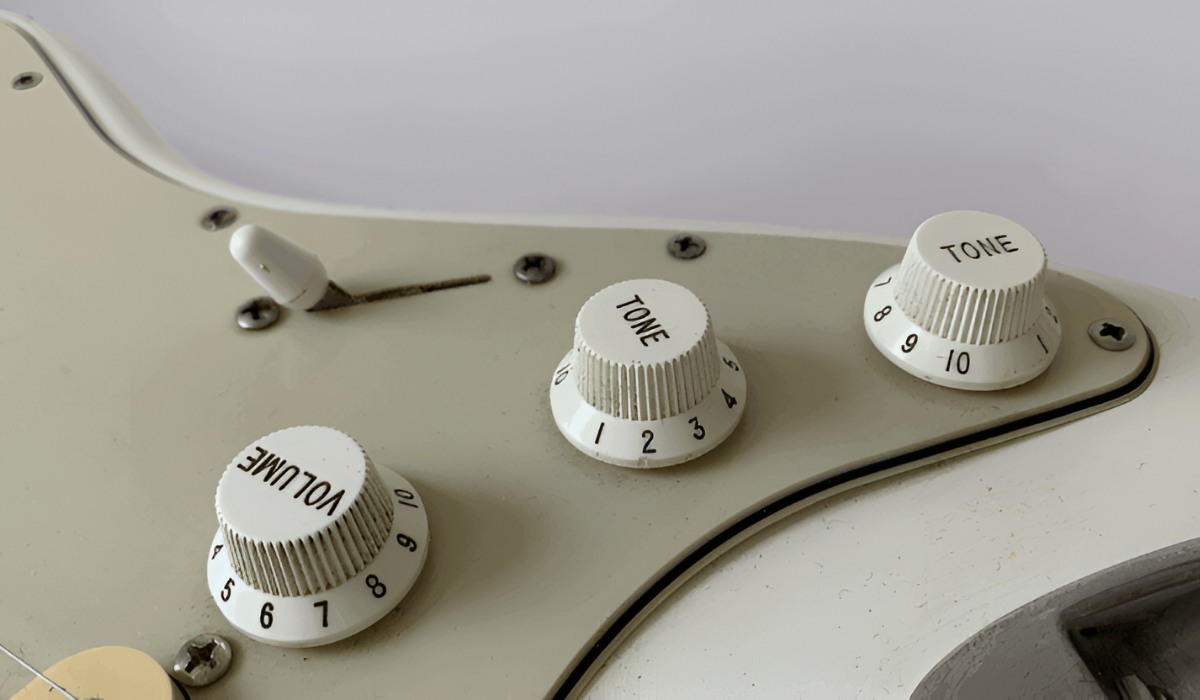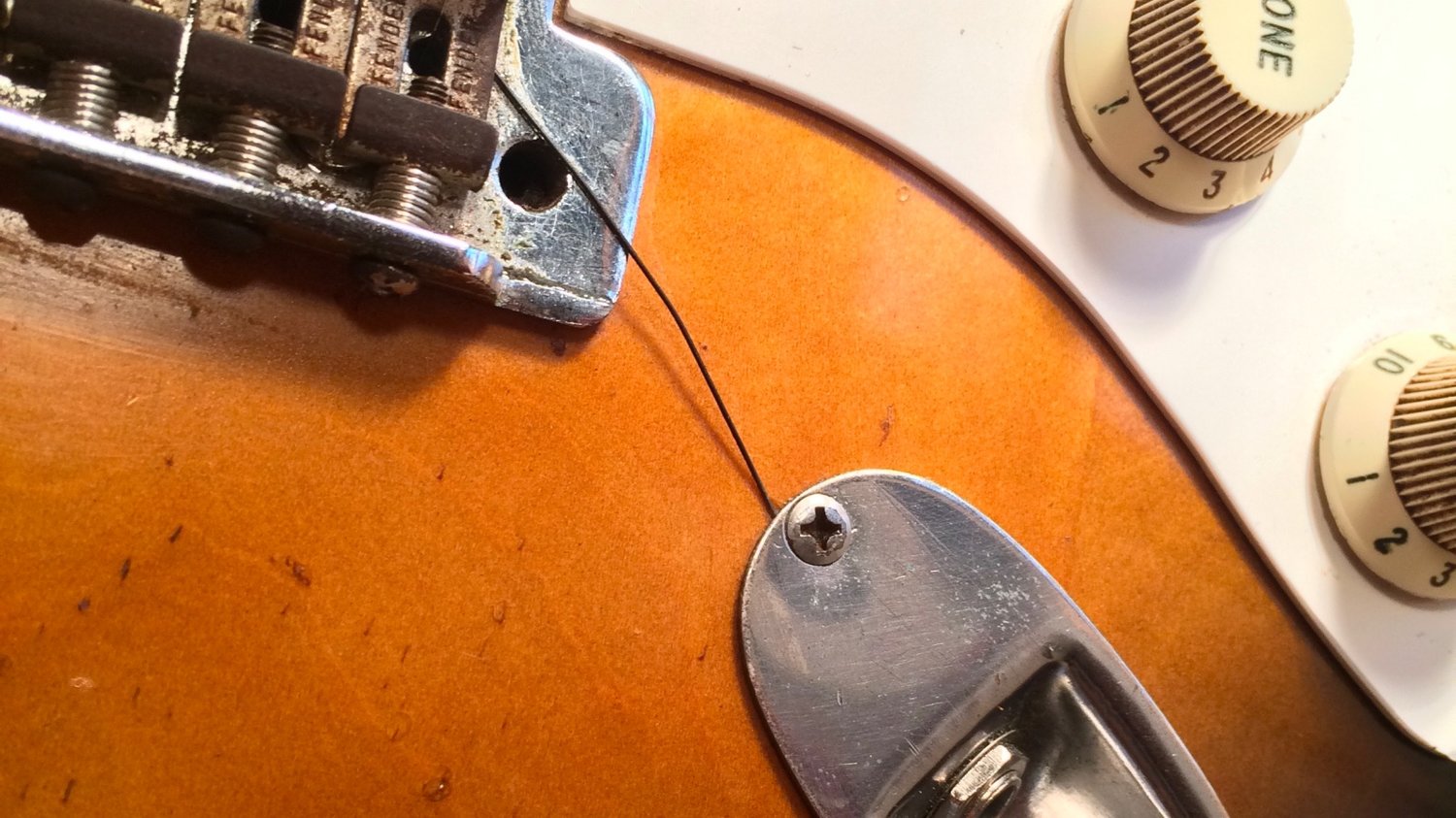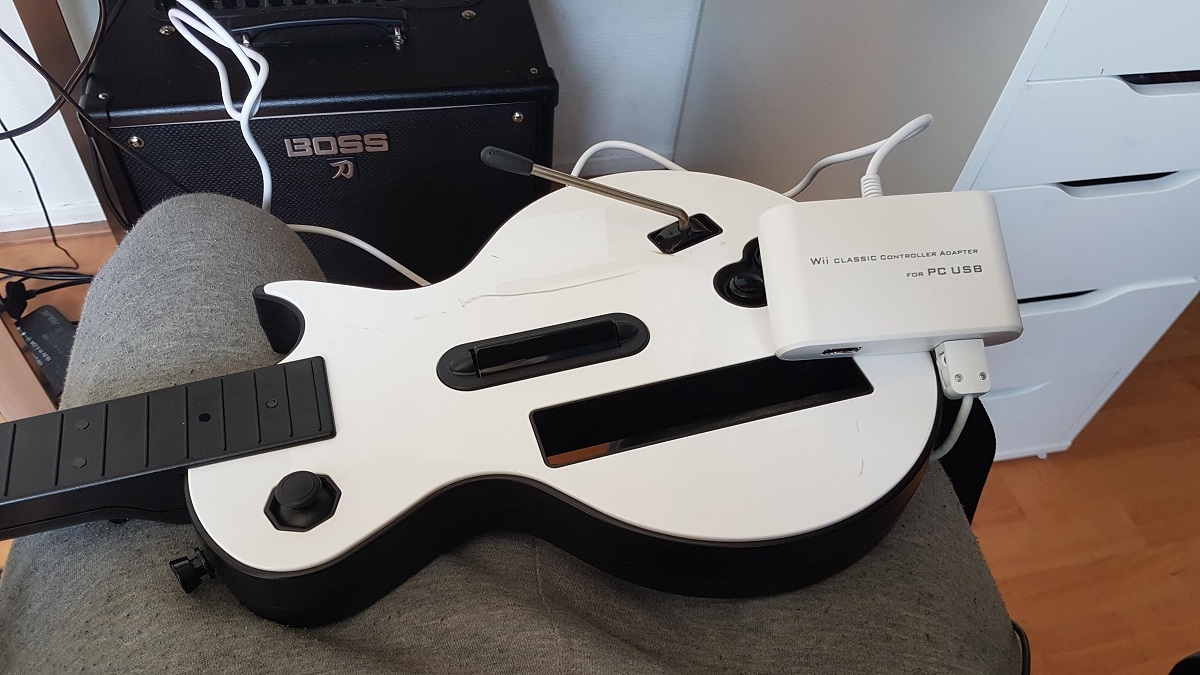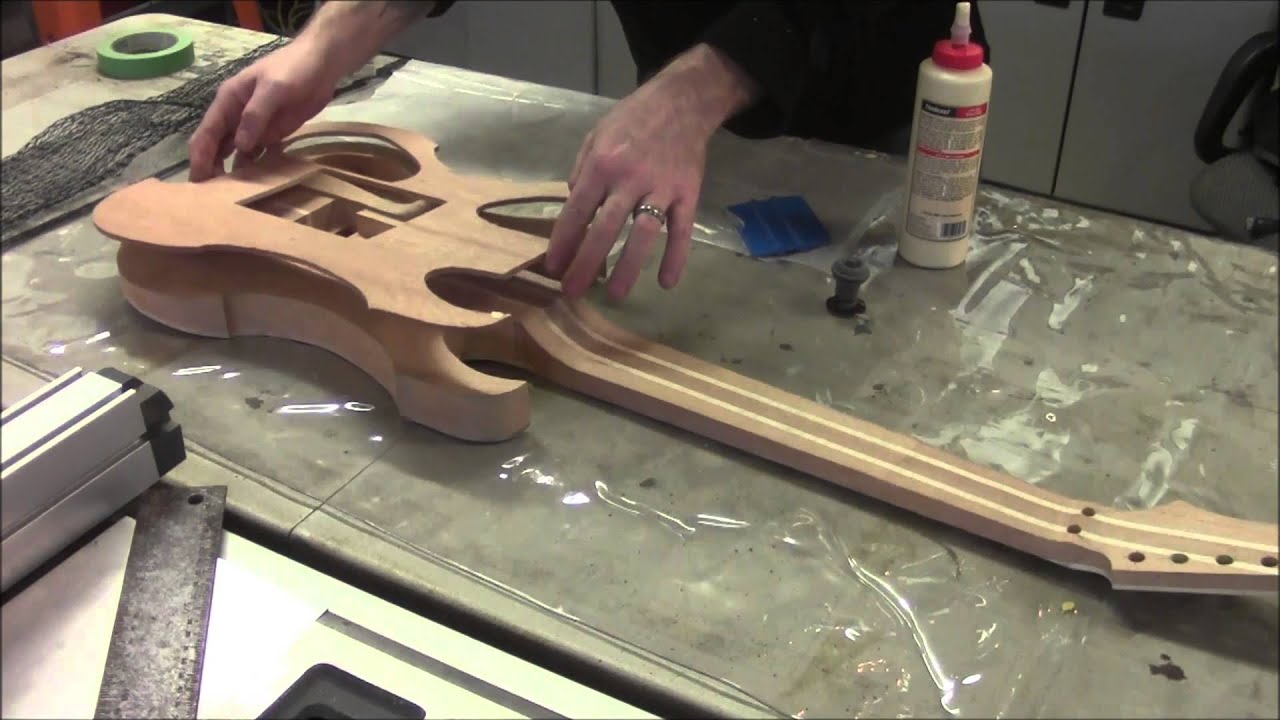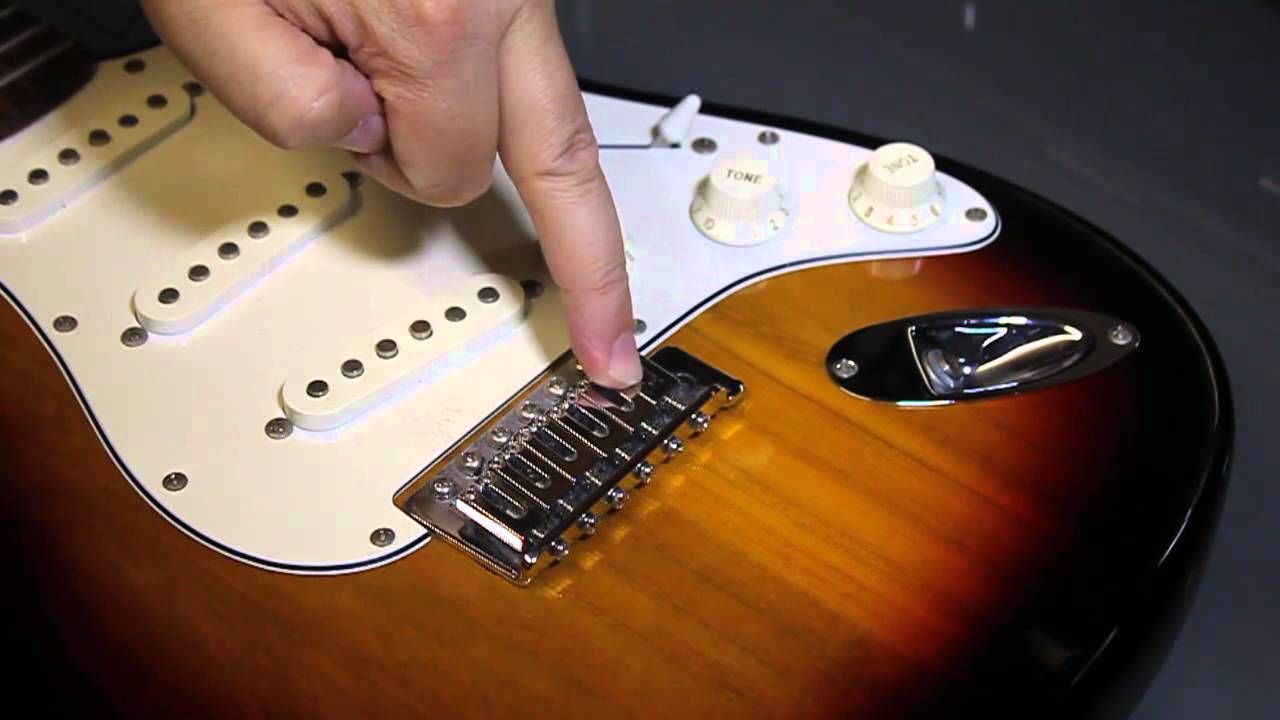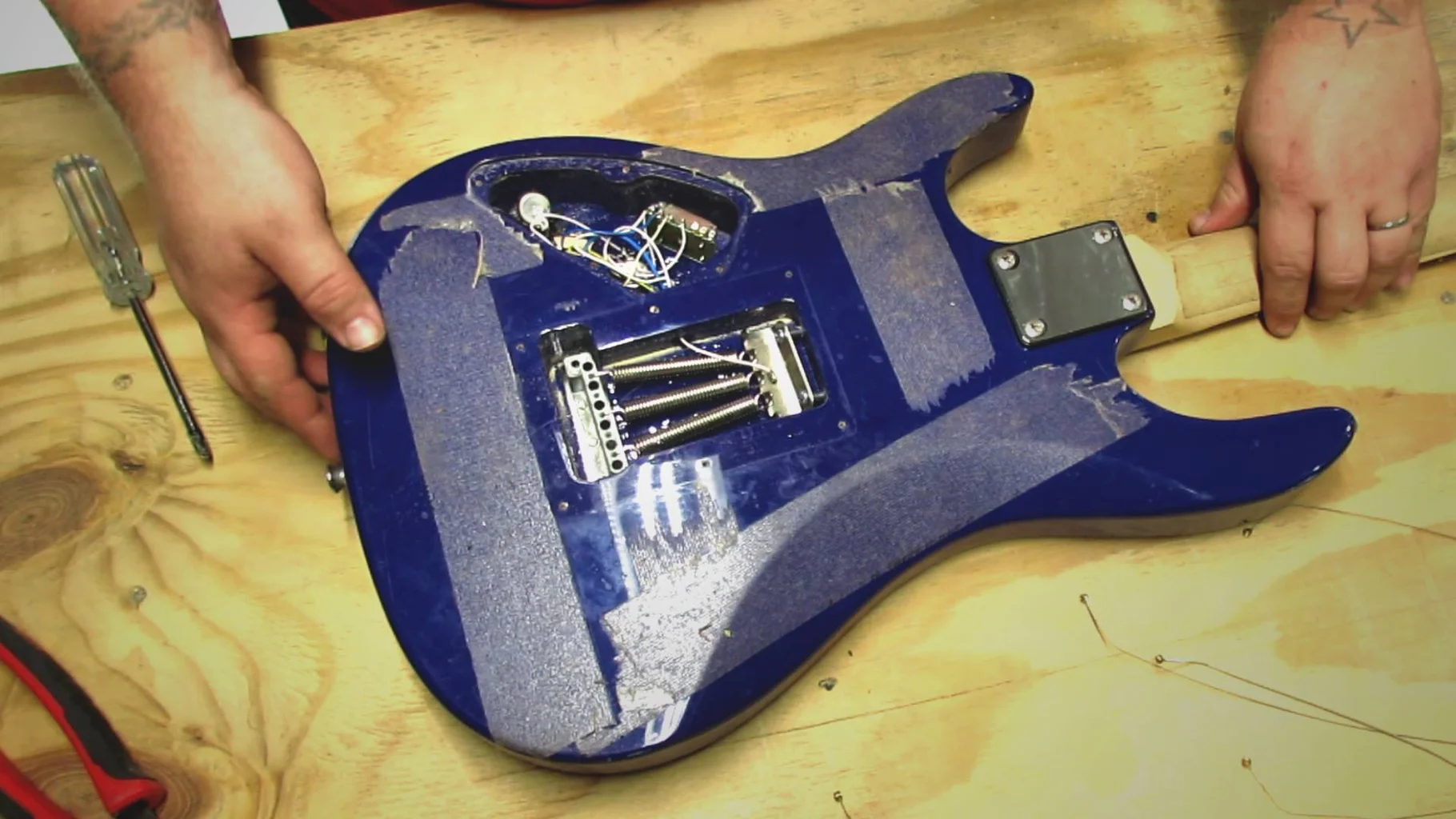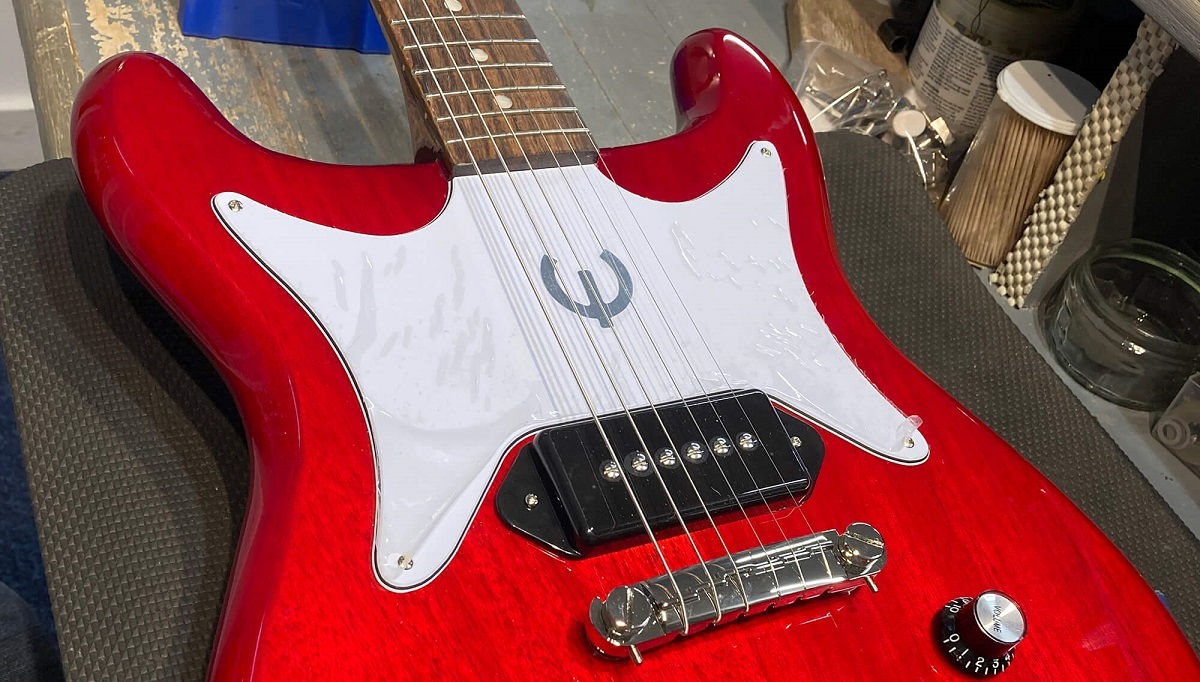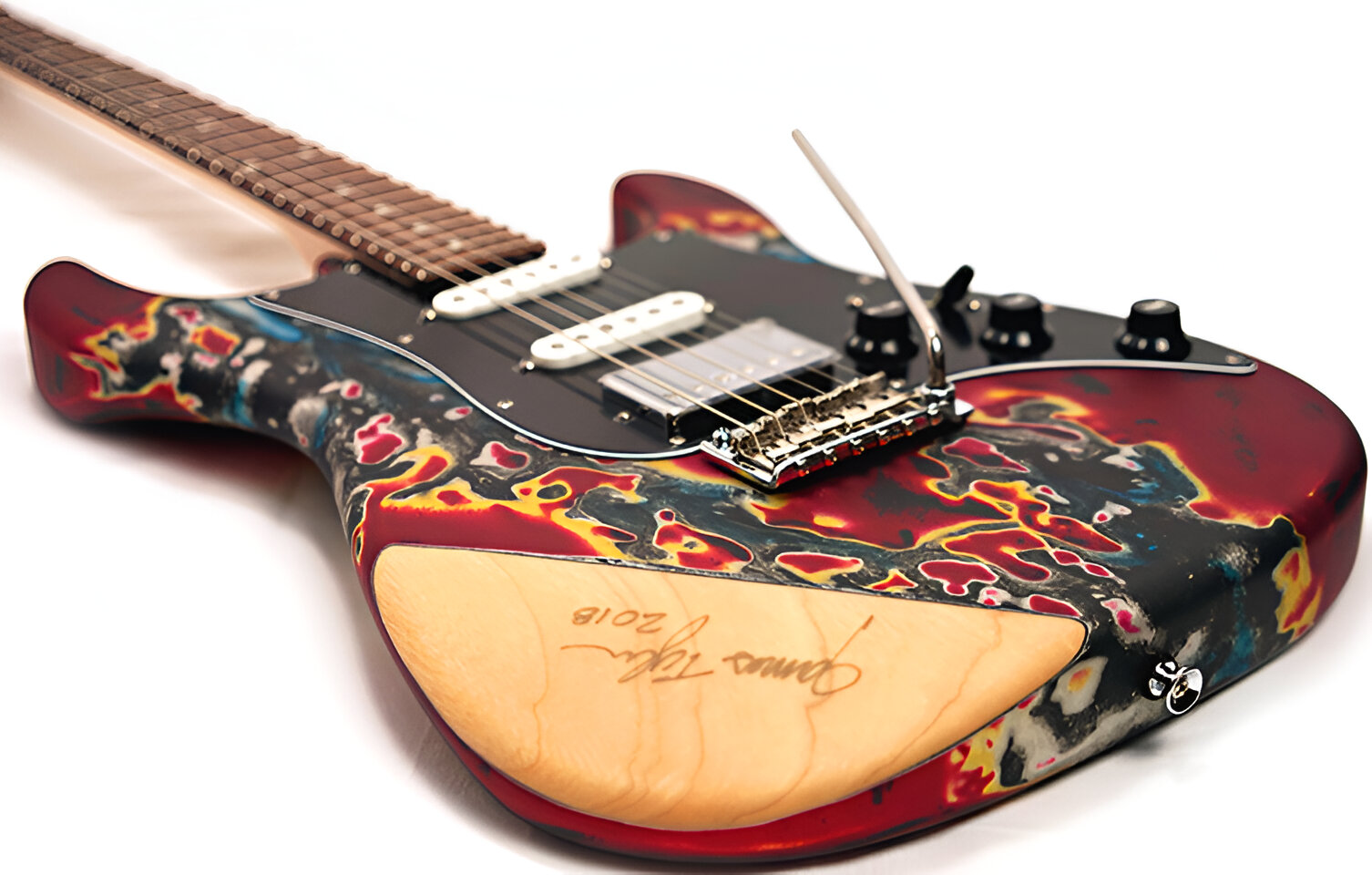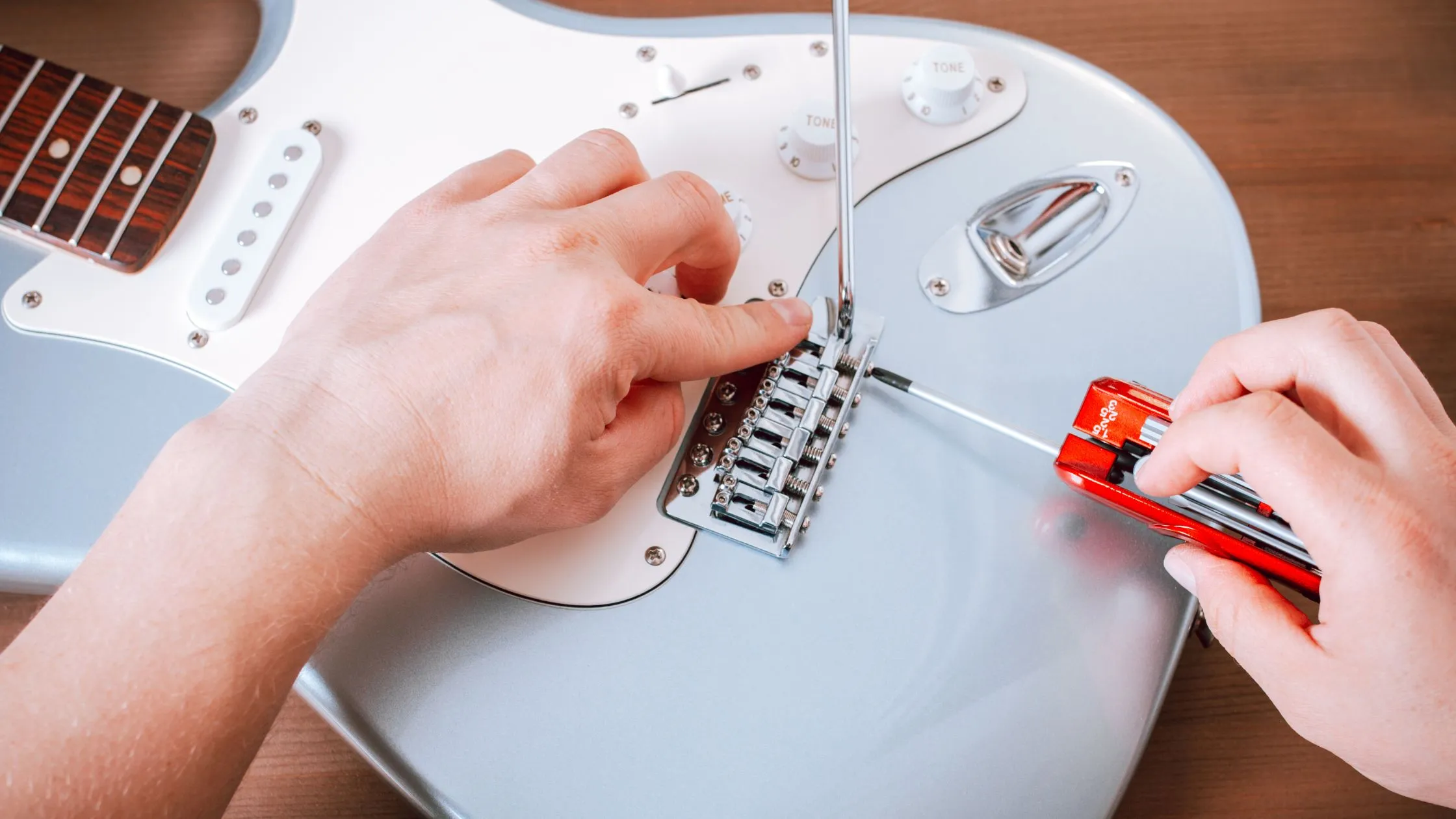Introduction
Understanding the Role of Potentiometers in Electric Guitars
Potentiometers are an integral part of an electric guitar's electronic setup, playing a crucial role in controlling the instrument's volume and tone. These small yet mighty components are essentially variable resistors that enable guitarists to fine-tune their sound to perfection. Understanding the function and significance of potentiometers is essential for any guitarist looking to delve into the technical aspects of their instrument.
In this article, we will explore the inner workings of potentiometers in electric guitars, shedding light on the different types used, how they operate, and common issues associated with them. By gaining insight into these fundamental components, guitar enthusiasts can expand their knowledge and appreciation for the intricate mechanics behind the music.
Potentiometers, often referred to as "pots" in the guitar community, are frequently underestimated in terms of their impact on the instrument's overall performance. However, their influence extends far beyond mere volume and tone control, affecting the nuances and subtleties of a guitarist's sonic expression. Whether you're a seasoned player or a budding enthusiast, grasping the significance of potentiometers can deepen your connection to the instrument and empower you to make informed decisions when customizing your sound.
Join us on a journey to demystify the role of potentiometers in electric guitars, unraveling the mechanics that underpin the artistry of musicianship. Let's delve into the heart of these unassuming yet indispensable components, uncovering their secrets and unraveling the magic they bring to every chord and riff.
What Is a Potentiometer?
A potentiometer, often abbreviated as “pot,” is a variable resistor that forms an essential part of the electronic circuitry in an electric guitar. It allows the guitarist to adjust the volume and tone of the instrument by altering the flow of electrical current. The potentiometer consists of a resistive element and a moving wiper that makes contact with the resistive material. As the wiper position changes, the resistance in the circuit is adjusted, thereby modifying the output signal sent to the amplifier.
These components come in different configurations, with the most common being the “audio taper” and “linear taper” potentiometers. Audio taper pots are often used for volume control as they provide a logarithmic response, mimicking the way human ears perceive changes in volume. On the other hand, linear taper pots offer a uniform and linear change in resistance, making them suitable for tone control applications.
It’s important to note that potentiometers are available in various resistance values, typically measured in ohms. The standard values for guitar potentiometers range from 250k ohms to 500k ohms, with the former commonly used for single-coil pickups and the latter for humbuckers. The choice of potentiometer resistance can significantly impact the guitar’s tonal characteristics, making it a crucial consideration when customizing the instrument’s sonic profile.
While potentiometers primarily govern volume and tone adjustments, they also play a role in shaping the guitar’s overall sound. The interaction between the potentiometer and the guitar’s pickups forms a dynamic relationship that influences the instrument’s resonance and frequency response. This intricate interplay underscores the significance of potentiometers in sculpting the nuanced and expressive qualities of an electric guitar’s voice.
As we unravel the complexities of potentiometers, it becomes evident that these unassuming components hold the power to transform the sonic landscape of an electric guitar. Their versatility and impact on the instrument’s tonal palette underscore the pivotal role they play in shaping the musical experience for both players and listeners alike.
Types of Potentiometers Used in Electric Guitars
Electric guitars employ various types of potentiometers, each tailored to serve specific functions within the instrument’s electronic circuitry. Understanding the distinctions between these potentiometer variants is crucial for guitarists seeking to customize their sound and optimize their playing experience.
One of the most common types of potentiometers used in electric guitars is the “audio taper” pot. This potentiometer is particularly well-suited for volume control, offering a logarithmic response that aligns with the non-linear way in which human ears perceive changes in volume. As a result, audio taper pots facilitate smooth and gradual volume adjustments, allowing players to achieve precise control over their instrument’s output levels.
Conversely, “linear taper” potentiometers provide a uniform and linear change in resistance, making them ideal for tone control applications in electric guitars. These pots enable consistent adjustments to the instrument’s tonal characteristics, ensuring that the changes in tone are proportional and predictable as the knob is turned.
Another noteworthy variant is the “push-pull” potentiometer, which integrates a built-in switch mechanism that enables additional functionalities within the guitar’s circuitry. This type of potentiometer is commonly used to engage or disengage specific pickup configurations, activate coil splitting for humbuckers, or introduce other tonal modifications without the need for external switches or controls.
Furthermore, guitarists may encounter “no-load” potentiometers, which, as the name suggests, temporarily disengage the potentiometer from the circuit when turned to the maximum setting. This feature effectively bypasses the potentiometer during moments when the maximum output is desired, allowing the signal to flow directly to the output jack without impedance from the potentiometer’s resistance.
Understanding the diverse array of potentiometers used in electric guitars empowers players to make informed decisions when fine-tuning their instrument’s sonic capabilities. By leveraging the unique characteristics of each potentiometer type, guitarists can unlock a spectrum of tonal possibilities and tailor their sound to suit their artistic vision.
How Potentiometers Work in an Electric Guitar
Potentiometers play a pivotal role in modulating the electrical signals produced by the pickups in an electric guitar, allowing players to exert precise control over the instrument’s volume and tone. Understanding the inner workings of potentiometers is essential for comprehending the mechanics behind the manipulation of these sonic parameters.
When a guitarist adjusts the volume or tone knob on their electric guitar, they are essentially altering the resistance in the circuit through the potentiometer. This adjustment is achieved through the movement of the potentiometer’s internal wiper, which makes contact with the resistive material. As the wiper position changes, the amount of resistance in the circuit is modified, consequently affecting the flow of electrical current and the amplitude of the signal sent to the amplifier.
For volume control, the potentiometer acts as a voltage divider, regulating the amount of signal that reaches the output jack. When the volume is turned down, the resistance increases, attenuating the signal and reducing the output volume. Conversely, turning the volume knob up decreases the resistance, allowing more signal to pass through and resulting in a louder output from the amplifier.
In the context of tone control, potentiometers are employed to adjust the amount of high frequencies that are shunted to ground, effectively shaping the guitar’s tonal characteristics. This is achieved by altering the resistance in the circuit, which, in turn, influences the filtering of specific frequencies before the signal reaches the amplifier. As a result, players can sculpt the tonal profile of their instrument, accentuating or attenuating certain frequency ranges to achieve the desired sonic texture.
Moreover, the interaction between the potentiometers and the guitar’s pickups is a dynamic process that influences the instrument’s resonance and frequency response. This interplay contributes to the unique tonal fingerprint of each guitar, highlighting the nuanced relationship between the potentiometers and the instrument’s sonic identity.
By comprehending the underlying principles of potentiometer operation in electric guitars, players can harness the full potential of these components to refine their sonic expression and craft a personalized musical voice that resonates with their artistic vision.
Common Issues with Potentiometers in Electric Guitars
While potentiometers are essential for controlling the volume and tone of electric guitars, they are susceptible to a range of common issues that can impact the instrument’s performance and sonic characteristics. Understanding these potential challenges is crucial for guitarists seeking to maintain their equipment and troubleshoot any issues that may arise.
One prevalent issue with potentiometers is scratchiness or crackling sounds when the knobs are turned. This can occur due to the accumulation of dust, dirt, or oxidation within the potentiometer casing, leading to intermittent contact between the resistive material and the wiper. As a result, the signal passing through the potentiometer may exhibit unwanted noise or distortion, detracting from the instrument’s clarity and fidelity.
Another common problem is a loss of responsiveness or “dead spots” in the potentiometer’s range of motion. This can result from wear and tear on the potentiometer’s internal components, such as the resistive material or the wiper, leading to inconsistencies in the control of volume or tone. Dead spots can hinder the smooth operation of the potentiometer, impeding the guitarist’s ability to make precise adjustments to their instrument’s sonic parameters.
Furthermore, potentiometers may experience issues related to uneven tapering, where the changes in resistance are not uniform throughout the knob’s rotation. This can lead to non-linear adjustments in volume or tone, making it challenging for players to achieve the desired sonic balance and responsiveness from their instrument. Uneven tapering can compromise the overall control and predictability of the potentiometer’s functionality, impacting the instrument’s tonal versatility.
In addition, excessive wear on the potentiometer’s contacts or mechanical components can result in a phenomenon known as “pots becoming loose.” This can manifest as a lack of stability in the knob’s position or unintended changes in volume or tone settings, undermining the guitarist’s ability to maintain consistent control over their instrument’s sound.
Addressing these common issues with potentiometers in electric guitars often involves maintenance and, in some cases, the replacement of the affected components. By staying attuned to the performance of their potentiometers and addressing any emerging issues promptly, guitarists can ensure that their instruments continue to deliver the desired tonal nuances and responsiveness, enabling them to fully express their musical creativity.
Understanding the Significance of Potentiometers in Electric Guitars
Delving into the realm of potentiometers in electric guitars unveils a world of intricate mechanics and sonic artistry. These unassuming components, often overshadowed by the glamour of pickups and amplifiers, wield a profound influence on the instrument’s tonal palette and expressive capabilities. From shaping the volume and tone to sculpting the nuances of sound, potentiometers stand as silent architects of the guitarist’s sonic landscape.
By comprehending the diverse types of potentiometers used in electric guitars, from the logarithmic response of audio taper pots to the uniform control offered by linear taper pots, players can harness a spectrum of tonal possibilities. The integration of push-pull and no-load potentiometers further expands the horizons of sonic manipulation, empowering guitarists to explore new realms of creativity within their playing.
Understanding how potentiometers function in electric guitars illuminates the dynamic interplay between resistance, signal modulation, and tonal shaping. Whether adjusting the volume to command attention or fine-tuning the tone to evoke emotion, the potentiometer serves as a conduit for the guitarist’s sonic expression, translating their artistic vision into tangible soundwaves.
However, the journey into the realm of potentiometers also unveils the challenges that guitarists may encounter, from scratchy potentiometers to uneven tapering and dead spots. These common issues underscore the importance of vigilant maintenance and, when necessary, the replacement of potentiometers to ensure the instrument’s continued fidelity and responsiveness.
Ultimately, the significance of potentiometers in electric guitars transcends their functional role as volume and tone controls. These unassuming components form an integral part of the guitarist’s artistic arsenal, imbuing their music with subtleties and nuances that resonate with listeners on a profound level. The mastery of potentiometers empowers guitarists to shape their sonic identity, forging a connection between their innermost emotions and the ethereal realm of music.
As we conclude this exploration, let us recognize the unsung heroes that dwell within the circuitry of electric guitars—the potentiometers. Through their silent influence, these components breathe life into every note, infusing the music with the essence of the guitarist’s soul. May we continue to unravel the mysteries of potentiometers, honoring their significance in the tapestry of musical creation.







